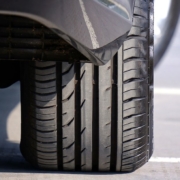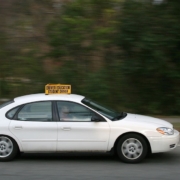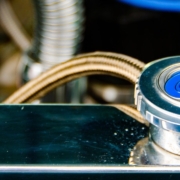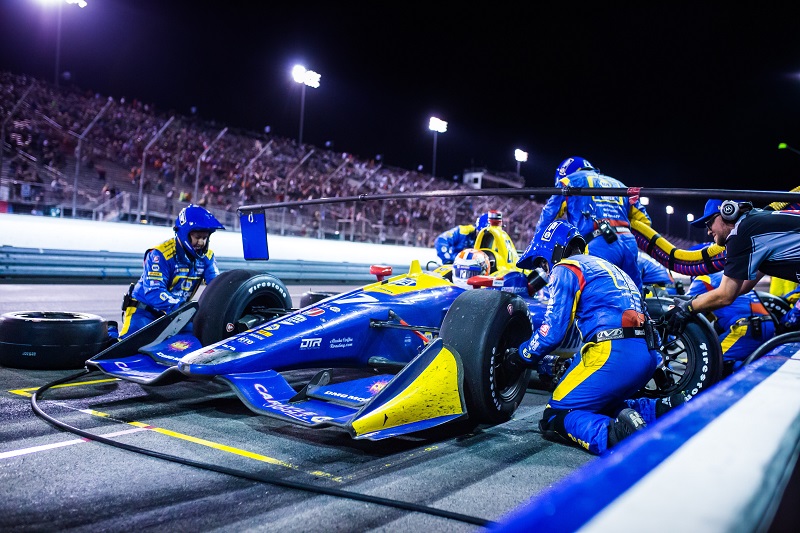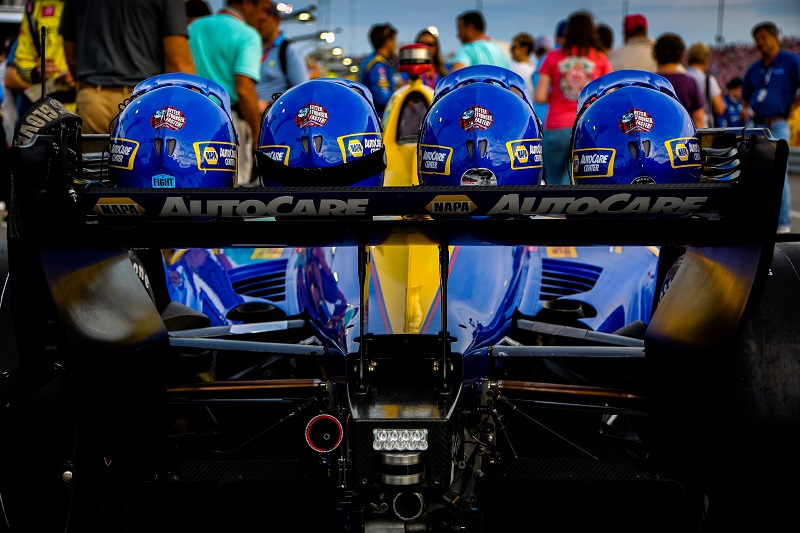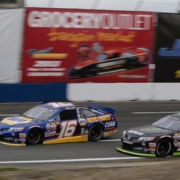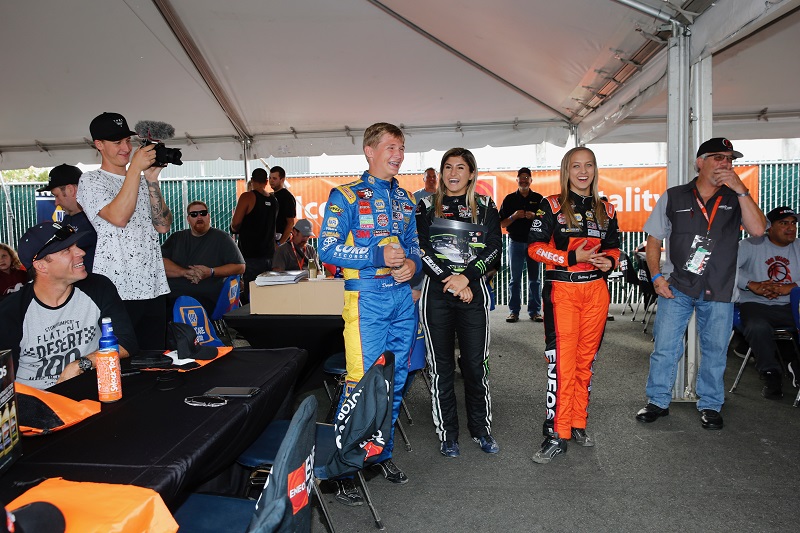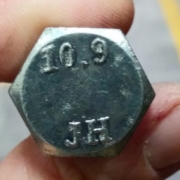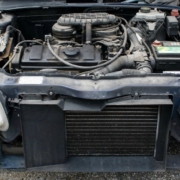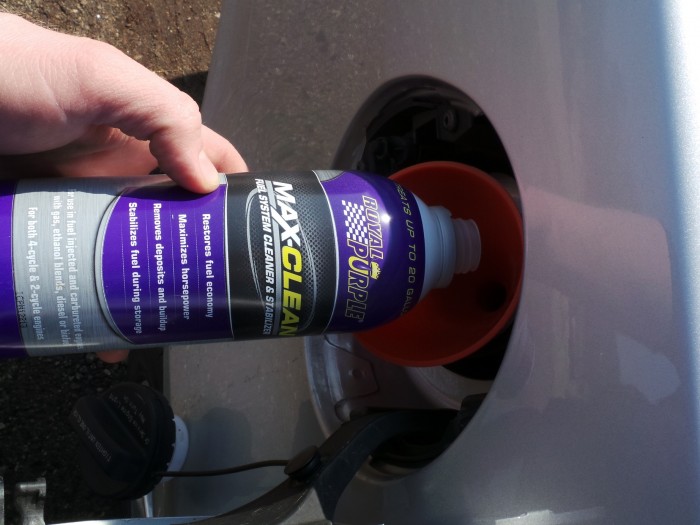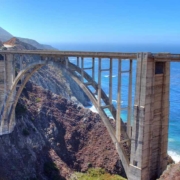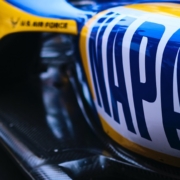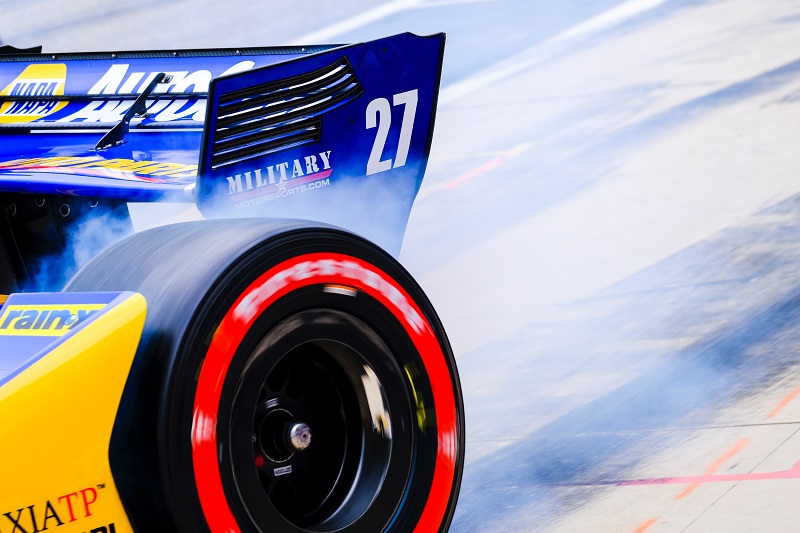NAPA Know How: 11 Strut Replacement Tips For The DIY Auto MechanicNAPA Know How Blog
[ad_1]
Shocks and struts, shock absorbers and MacPherson struts to be exact, typically last 20,000 to 60,000 miles before requiring replacement. Insufficient shock absorption is a typical concern, but shock or strut replacement may be necessary for several reasons.
Poor handling, excessive corner roll, brake dive, or acceleration squat might require new shocks or struts. Wandering or brake pull might indicate front strut problems. Shock or strut replacement can prevent abnormal tire wear or excessive bounciness. Abnormal steering feel or noise can indicate worn strut bearings. Lifting, dropping, or retrofitting the suspension usually requires replacing strut components.
Almost a Dozen Strut Replacement Tips
Replacing struts isn’t complicated. You’ll need basic tools to lift and support the vehicle and remove the wheel, shock absorber, and strut assembly. If you plan on replacing only the strut cartridge, buy or rent a spring compressor.
- Clean and Dry – Before loading the strut into the spring compressor, be sure it is clean and dry. Oil and grease can lead to slippage or damage.
- Proper Lubrication – Lubricated threads, engine oil being a good choice, makes the spring compressor easier to use. Use only hand tools for even spring compression and best tool life.
- On Your Marks – Before disassembly, use a paint marker to add alignment marks to the strut cartridge, spring insulators, spring, plate, and upper mount. This makes it easier to put everything back together straight.
- Extra Hand – Locking pliers are a good extra hand and can prevent the tool from slipping. Clamp the pliers to the spring adjacent to the spring compressor jaws.
- Torque Specifications – Because struts are important to your vehicle stability and safety, proper torque, not just good-n-tight, keeps everything from coming undone down the road. A repair manual and torque wrench are your best friends.
- Replace ’em All – Chances are good that if one strut has failed, the others aren’t far behind. It’s typically recommended to replace the opposite strut at the same time. Similarly, you might consider doing the opposite axle, too. You’ll save time doing everything at once, especially once you add the alignment procedure.
- Test Drive – Before heading for the alignment shop, take a small test drive. Wiggle the steering wheel, bounce the vehicle, hit a speed bump, accelerate and brake, all the while listening and feeling for loose parts.
- Wheel Alignment – After strut replacement, it’s a good idea to have the vehicle aligned. Slight variations in strut alignment can skew suspension and steering angles, leading to abnormal tire wear or steering problems.
- Don’t Stretch – When removing the shock or strut from the vehicle, support the lower suspension with a jack stand. The suspension may hang lower than normal, which can damage the brake line or wheel speed sensor cable.
- Replace Everything – It’s usually not a good idea to replace just the obviously-failed parts of the strut assembly. It’ll be double the work to go back in later to replace a bearing, mount, or insulator. Better yet, a whole strut assembly can save even more time.
- Break-In Time – Immediately after strut replacement, you’ll likely notice the vehicle to be stiffer or higher than before, especially if installing new springs. It takes time, at least a few hundred miles, for the struts to break in under the weight of the vehicle.
Changing suspension components on your car may seem like a challenging task, but it’s something the average DIYer can tackle over a weekend. Take your time, use these 11 tips, and you’ll fix your car’s ride in no time.
Check out all the steering and suspension products available on NAPA Online or trust one of our 17,000 NAPA AutoCare locations for routine maintenance and repairs. For more information on DIY strut replacement, chat with a knowledgeable expert at your local NAPA AUTO PARTS store.
Photo courtesy of Pixabay.

